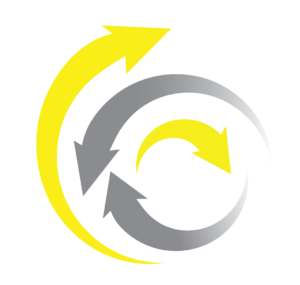English | Chinese (繁體中文)
The Role of This Tool in the Second Phase of the Design Thinking Method

Stakeholder Salience Mapping is a pivotal tool used in the Discovering All-Rounded Information phase of the Design Thinking method. It aids in identifying and prioritizing stakeholders based on their power, legitimacy, and urgency. The tool assists teams in understanding the influence and interests of different stakeholders, thus enabling them to focus their efforts on the most salient ones.
It embodies the Human-Centered approach, a guiding principle of Design Thinking. By focusing on people—the stakeholders—and understanding their power, legitimacy, and urgency, the tool promotes empathy and a deeper understanding of their needs and influences.
The tool encourages teams to prioritize stakeholders based on human factors and needs, ensuring the solutions are tailored to the most relevant stakeholders. This approach places people at the heart of the design process, acknowledging their influences and requirements, which leads to more effective and user-centric solutions.
The Procedure for Using This Design Thinking Tool
Step 1: Identify Stakeholders: Start by identifying all potential stakeholders involved in or affected by the problem or challenge. These could be end-users, employees, management, suppliers, partners, or other groups.
Step 2: Determine Power, Legitimacy, and Urgency: For each stakeholder, assess their power (their ability to influence the project), legitimacy (their rightful involvement or stake in the project), and urgency (the degree to which their needs require immediate attention).
Step 3: Plot on the Map: Based on the assessment, plot each stakeholder on the salience map. The map is a 3D model with axes representing power, legitimacy, and urgency. Stakeholders with high power, legitimacy, and urgency are considered the most salient and are usually located toward the center of the map.
Step 4: Analyze and Prioritize: Analyze the map to understand the most salient stakeholders. Prioritize engagement and communication strategies for these stakeholders.
Step 5: Iterate: As with any Design Thinking tool, the process is iterative. As new information is gathered or circumstances change, stakeholders’ positions on the map may need to be reassessed and adjusted.
The Worksheet of This Tool

Note: In order to enhance the efficiency and effectiveness of business innovation and digital transformation projects, we have joined forces with data and digital experts to launch Data-Driven Design Thinking Tools and Technologies. Details have been announced in the seminar of 「數據驅動的設計思維,更快更準實現創新成果」. If you need to revisit the seminar, please click on the following link: https://www.innoedge.com.hk/data-driven-design-thinking-2023







![[Class Recap] Empowering Your Creativity and Innovation Power](https://i0.wp.com/www.innoedge.com.hk/wp-content/uploads/2024/04/20240329_180728-scaled.jpg?resize=218%2C150&ssl=1)
![[Class Recap] Developing Sustainable Business Models through Systems Thinking](https://i0.wp.com/www.innoedge.com.hk/wp-content/uploads/2024/04/20240328_181754-scaled.jpg?resize=218%2C150&ssl=1)
![[Class Recap] Creating Wonderful User Experience through Customer Journey Design](https://i0.wp.com/www.innoedge.com.hk/wp-content/uploads/2024/04/20240328_131024-scaled.jpg?resize=218%2C150&ssl=1)










